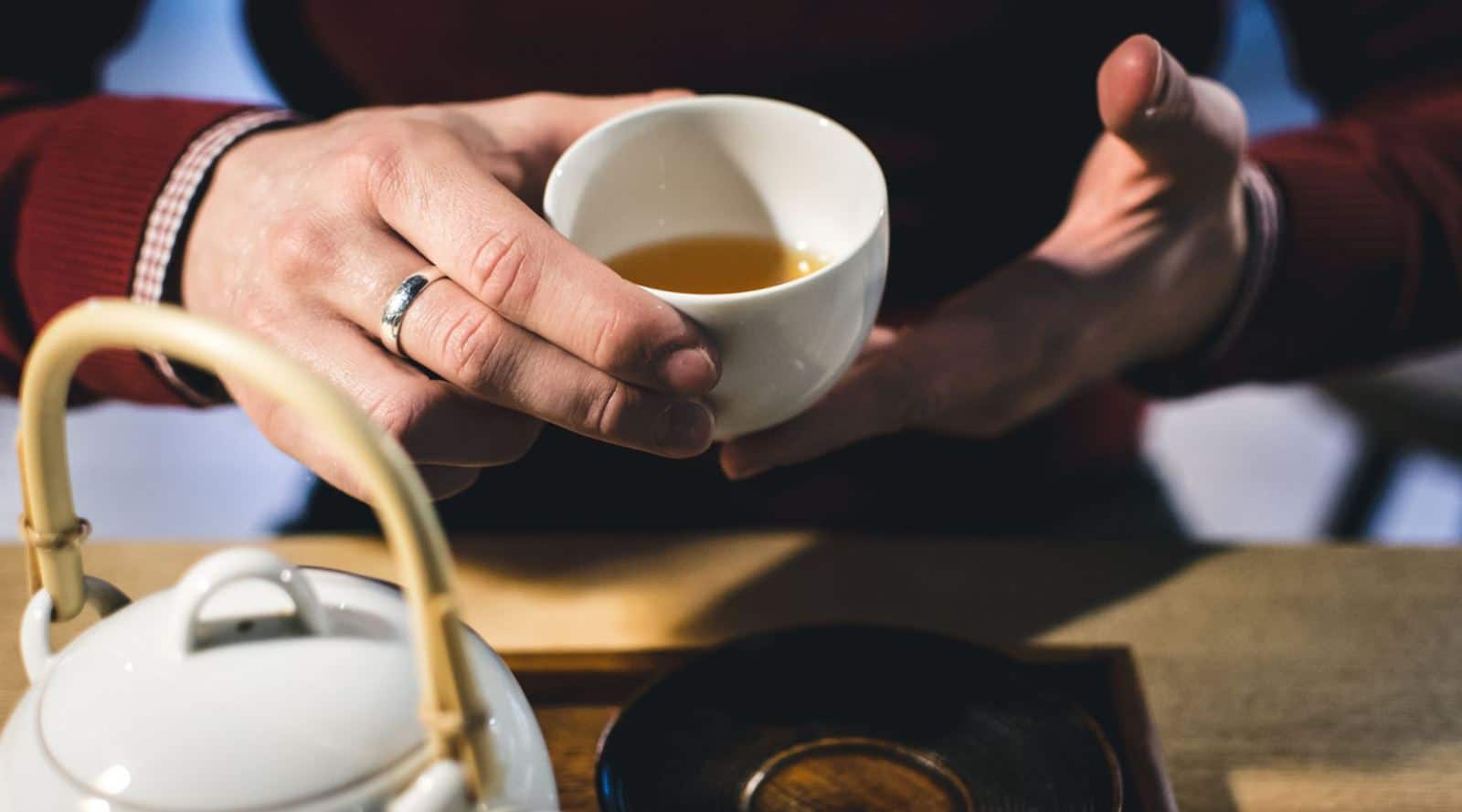Ever heard of the ‘finger-tapping salute’? If not, try visiting your local Chinese restaurant and discreetly observe the other patrons as tea is served around you.
China is a State known for etiquette, and simple gestures and phrases hold deep meaning. Usually, there are exciting tales behind these gestures; and here’s the tale of how the two fingers came to be:
Origins of finger-tapping salute
The practise dates back to 1644-1911 A.D. in the Qing Dynasty.
According to legend, there existed an Emperor Qian Long (real name Aisin Gioro Hongli) who was of humble and modest character. He would often travel in disguise and interact with the citizens. He tried to blend in with the locals and understand how his subjects lived, away from the glam and exquisite life at his palace.
One day at a teahouse as he explored and enjoyed the little pleasures in life, a wait staff shoved a big copper teapot towards him. Qian Long had interestingly dressed as a servant on this given day, and he did an excellent job blending in. He was expected to serve his companion who appeared to be his master in their little façade.
His companion was startled and perplexed as the emperor took a step back and filled his bowl with some steaming hot tea, imagine the president serving you some tea today!
According to the Chinese customs, the servant was expected to bow down to his master to show his gratitude for the kind and humble gesture.
However, at this point, that would only blow the Emperor’s cover, and the servant had to be creative.
Amidst his confusion and dilemma, the companion bent his fingers and started tapping the table. Since then, the practice has been adopted to date.
There still exists various variations and twists to the narrative; Some say it involved an emperor who wanted to show gratitude to his victorious army. He was asked to tap his fingers as they served him since customs would not allow that he bows down to his subjects.
Despite the twists added to the tale, the practice still holds the same meaning.
Meaning of finger-tapping salute
As they headed home, Qian Long inquired from his companion why he tapped the table, since the gesture was also foreign to him.
Humbly, the subject replied that he used it as a substitute for the kowtow. The kowtow is a Chinese practise of kneeling and bowing low, as an act of showing deep respect.
In his desperate attempt to show his gratitude, loyalty, and respect, the eunuch invented the creative finger tap salute.
The action of tapping two fingers symbolises bowing whereas two knuckles mimic the act of kneeling. The taps, ‘tap tap’, on the other hand, represent the act of the kowtow.
Other people use three fingers, two to represent the arms, and one to represent the head.
Since then, the custom has been adopted as a respectful ‘thank you’ to someone serving us tea.
Simple variations in setting
When an older person taps towards a younger person, the tap represents a nod, a gesture of appreciation towards the younger person.
From a junior towards an older adult, it is an equivalent of kowtowing on the floor
Similarly, between equals, it is an act of respect among peers.
Depending on your preference, you could either tap your fingers or go with the less popular method of bending your knuckles.
Practicality in today’s setting
Besides being an age-long practice, the gesture still finds practicality today. Among the Chinese, for example, people love to have a jolly and cheerful conversation during tea times. And having to stop now and then to say ‘thank you’ as they refill their cups would be quite distracting.
A silent tap is very convenient and ensures you carry on with your conversations smoothly while showing respect to your host at the same time.
With a quiet group, however, you can always say ‘thank you’.
Other gestures that go hand in hand with tea drinking include having a host fill the guest’s cups seventy percent full. The other thirty percent is supposed to be filled by both friendship and affection.
Tea drinking culture is an excellent way to socialise, it is a lifestyle. As you engage in this exciting hobby, make sure you understand the meaning behind the various forms of etiquette practised.
Next time someone pours you a cup of tea, discretely show your gratitude, use a simple tap to say ‘thank you!’

